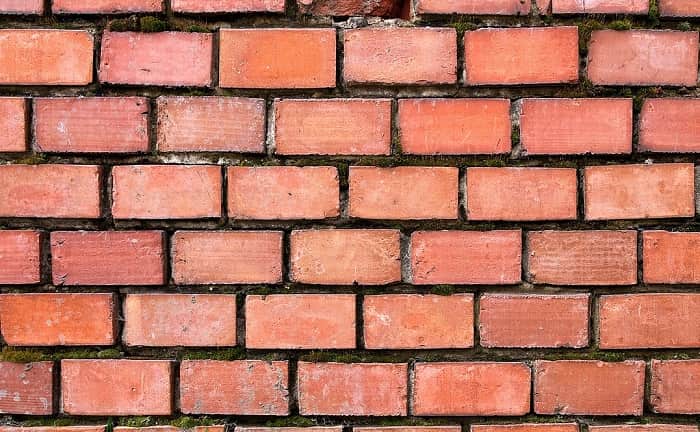Everyone knows that bricks are widely used for building construction and are generally stronger than concrete and many other building materials and have been used for centuries as they provide structural strength to buildings. But whenever we take the name of brick, only one color comes to our mind and that is red. So why does this happen, why is brick often red in color, and why doesn't it come in other colors like green, violet, and blue?
Initially, the Bricks are made from soft clay and that clay is then put in a rectangular frame to make raw bricks. But raw bricks are not strong yet and can easily break at any time. Therefore, to make raw bricks stronger, they are burned in high-firing temperature furnaces or brick kilns. The temperature of the kiln is kept at around 875 to 900 °C. As a result, the clay particles clump together to form a super-strong bond that transforms the clay bricks into a stronger metamorphic form.
The color of bricks is affected by the chemical and mineral content of the raw materials used, the firing temperature, and the kiln environment. During the firing process, the minerals in the clay give the brick its color as they absorb oxygen, and iron oxide is one of the most important minerals in clay that gives the brick red color. Therefore, at higher temperatures, the chemical composition of the raw brick changes due to which iron oxide is formed, which causes the bricks to turn red in color. This is what we call a fired brick and this brick becomes 10% smaller than the unfired brick.
Bricks can be pink, yellow, white, or red. The pink color is due to the excess iron content, and it turns into different red shades as the temperature increases. The main constituent and composition of bricks are Silica (sand) - 50% to 60%, Alumina (clay) - 20% to 30%, Lime - 2 to 5%, Iron oxide - 7%, and Magnesia - 5%.













0 comments:
Post a Comment